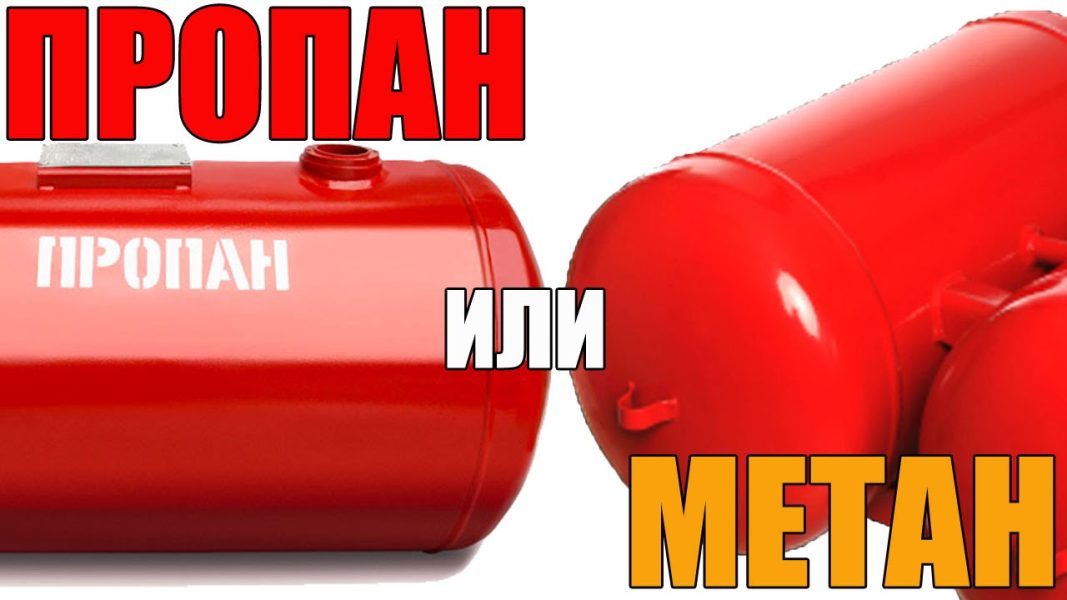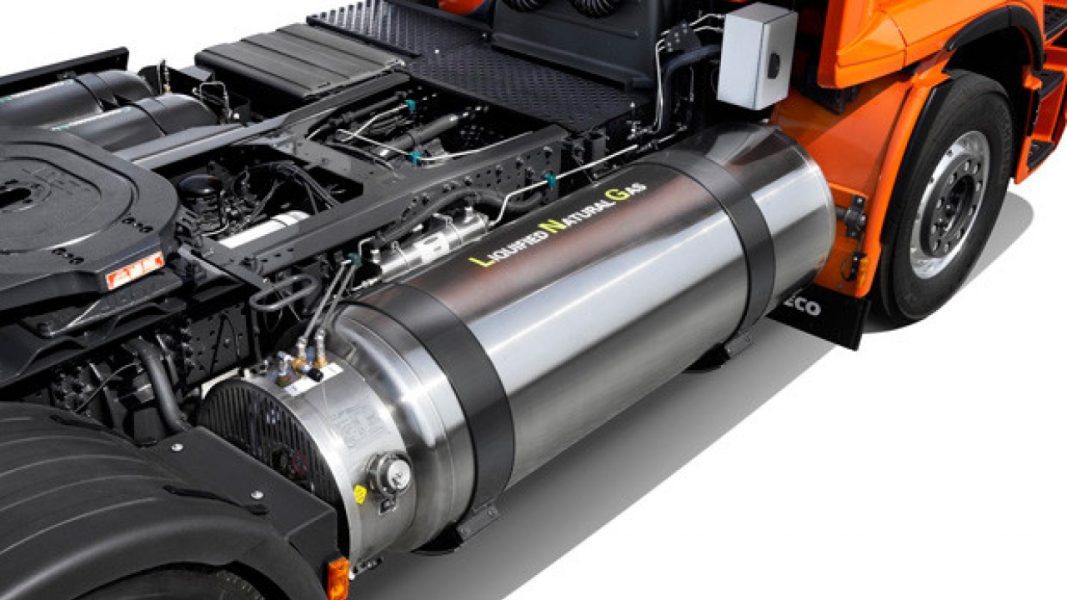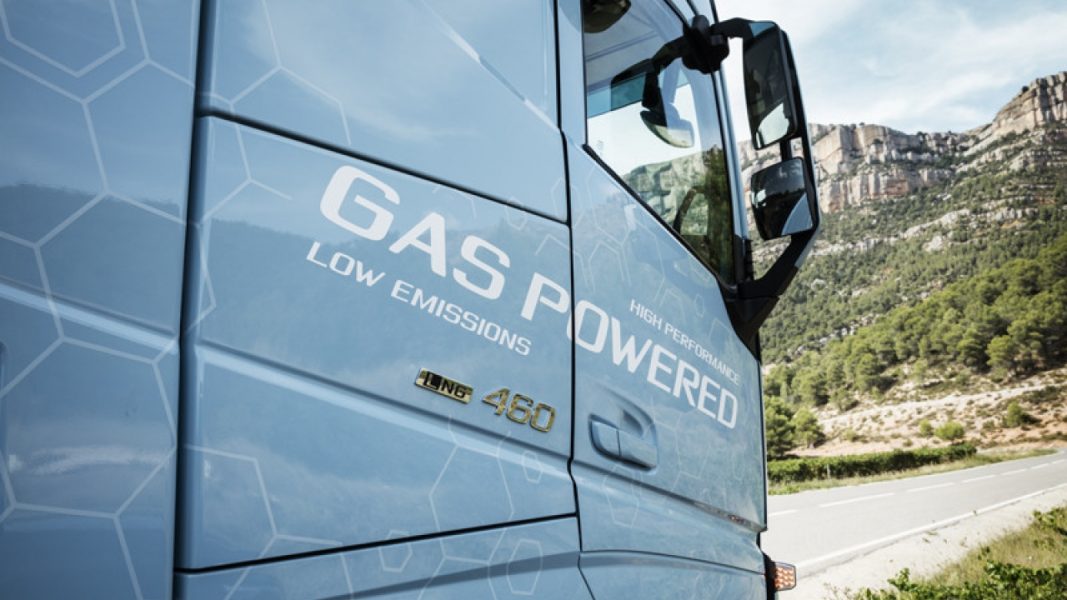
Liquid or gaseous methane, which is better and why
Content
Comparison of gaseous and liquid methane is becoming more and more relevant in the automotive world. commercial and industrialwhere both types of power supply are present, even if liquid is currently reserved for heavy vehicles, which in some cases, for example in Iveco Stralis, may offer one or the other, or still both solutions. But what are their characteristics?
Naturally KKE
Methane in gaseous state, indicated by initials CNG (compressed natural gas), has long been used for the automotive industry: ha great advantages such as excellent heating value, low emissions compared to other fuels e lower costs, it also does not require transportation to get to the gas station, it gets there through pipelines.
Liquid methane or LNG
Liquid Methane, abbreviation LNG (liquefied natural gas), is methane a specific procedure liquefaction which occurs when it is compressed at very low temperatures (-161 °). This transformation makes it more easy to transport over long distances, just think that with 600 liters Only one liter of LPG is generated from methane gas, which represents a significant concentration of energy in a small space.

Liquid methane possible bear in places inaccessible to pipelines, mainly by sea, but also by land, and then can be returned to a gaseous state (regasification) for distribution in service networks.
Automotive use
Methane gas has long been a prince alternative fuels: less common than liquefied petroleum gas (which is derived from petroleum anyway and therefore has little environmental benefit), but it has gained increasing acceptance precisely because of the combination low cost and lower emissions, first on private vehicles and then gradually on light, medium and heavy commercial vehicles, which also benefit from higher noise engines.

Recently, however, mostly sui heavyLiquid methane is finding more and more space, which, thanks to its more concentrated form, allows the autonomy of vehicles to nearly double that of gaseous methane, with peaks ranging from 1.100 to 1.600 km, making itself a more than effective alternative to diesel for vehicles intended for long distance.
Clean, really, very clean
Compared to diesel engine emissions nitrogen dioxide (NO2) methane is lower than 90% while the particles of solid particles are practically equal to zero, which also simplifies i exhaust systems and gas purification, eliminates the need supplements and reduces the need for maintenance. For CO2, in the whole process "from well to rudder", that is, from production to final consumption, decreases by 10-15% if methane from "fossil" deposits is used and it can be reduced by 95% for biomethane.

General advantages and disadvantages
Among the advantages of gas in both forms: price to a pump, which is more or less the same: one kg of liquid or gaseous methane provides a distance similar to a liter of diesel fuel (a little less than 4 km on cars of the 12-18 t class), but costs approximately without VAT 50 cents less... However, currently only savings on fuel, because gas models are still standing, as 50% to 90% more than a diesel engine of the same power.
Network in the making
The main problem remains the network distribution, more developed for gas and even where not capillary, in Italy, where most of the factories are still concentrated in several regions such as Emilia-Romagna, Tuscany, Veneto, Lombardy.

Liquid, which has recently appeared in the automotive industry, is now even more popular. destitute in terms of circulation, even if in recent years it has already grown significantly: think, the first plant opened in 2014 and today they are in operation 63 and forty more under construction.